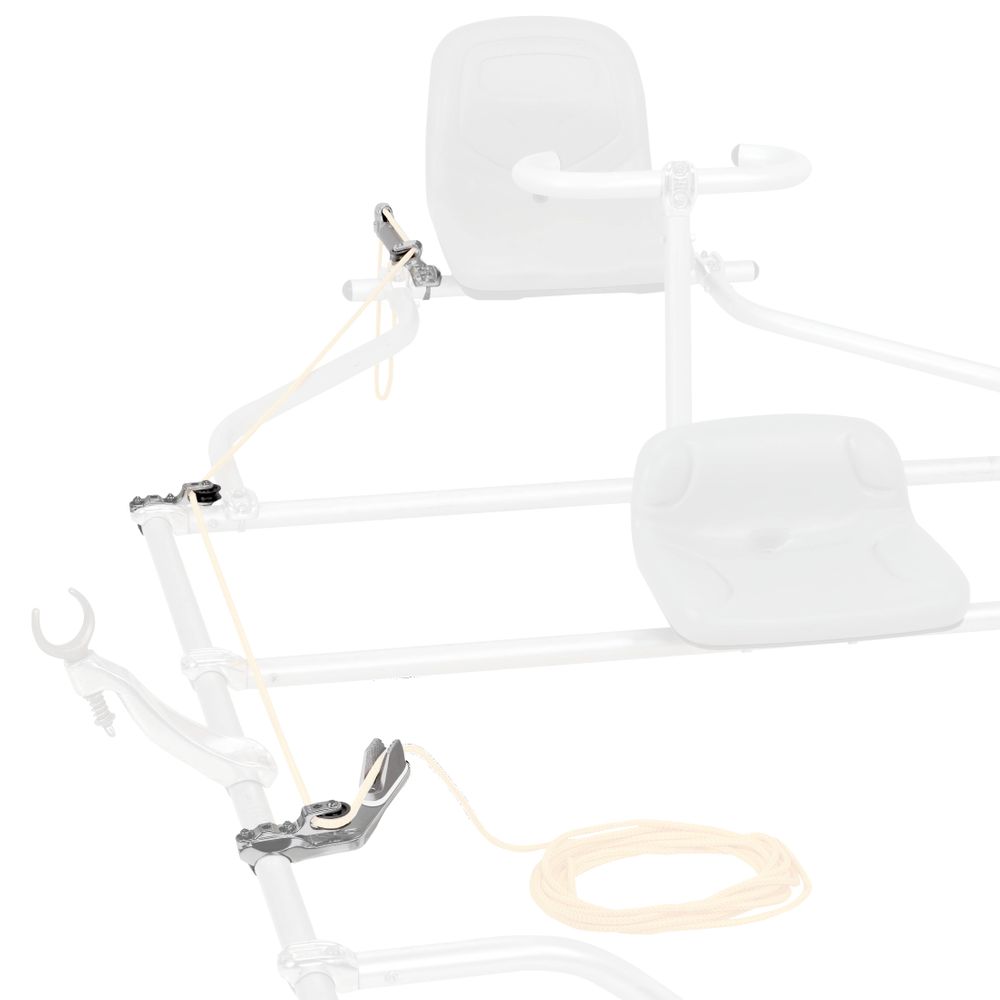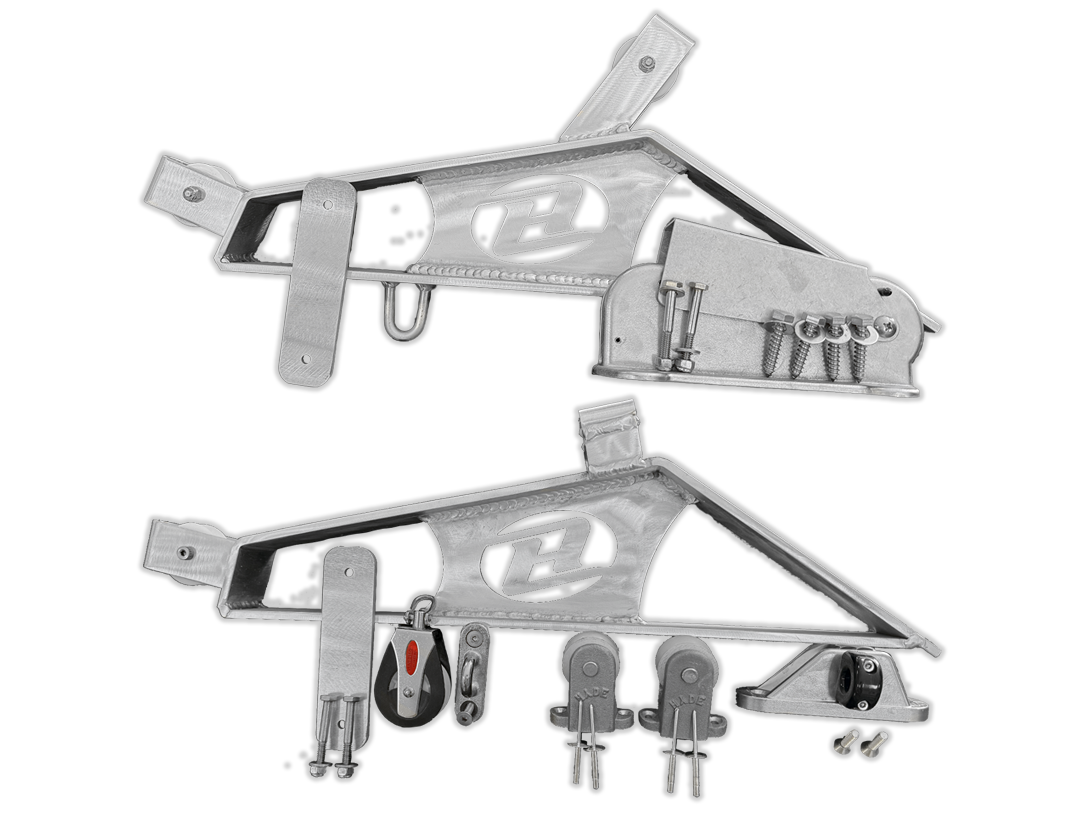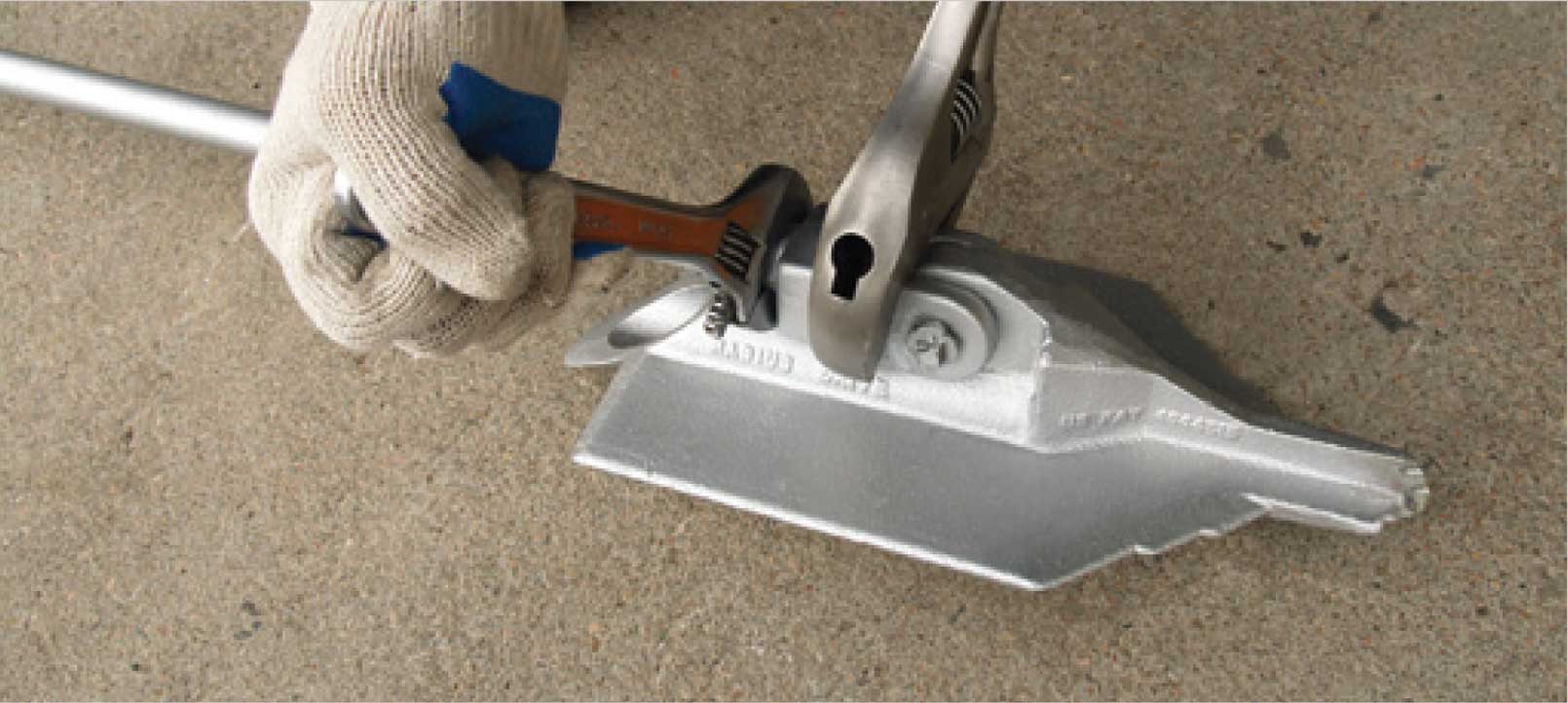Efficient Anchor Equipments Designed for Optimum Strength
The design of efficient anchor systems is critical in making sure maximum strength and integrity across different applications, particularly in civil and marine design. As we check out the different types of support systems and the products that underpin their performance, it becomes evident that the future of securing modern technology might hold even better innovations.
Value of Support Equipments
Anchor systems play a critical function in numerous applications, from aquatic construction to offshore exploration and even in the security of frameworks on land. In aquatic atmospheres, anchors are crucial for mooring vessels, avoiding drift due to wind, currents, or waves.
Along with marine applications, support systems are important in civil design, particularly in the building and construction of maintaining wall surfaces, bridges, and structures in geologically challenging locations. These systems help disperse lots properly, neutralizing pressures such as dirt stress and seismic task. The significance of anchor systems encompasses the renewable resource market, where they protect wind generators and offshore systems, adding to the stability and performance of energy generation.
Inevitably, the efficiency of a support system is basic to the security, longevity, and performance of various frameworks, making their design and implementation a critical component in design and building and construction practices throughout several industries.
Innovative Materials in Anchor Layout

Modern improvements in materials scientific research have dramatically transformed support style, boosting efficiency and toughness. The incorporation of high-strength alloys and composite materials has actually resulted in anchors that can stand up to extreme environmental conditions while maintaining structural integrity. These ingenious materials not just supply remarkable tensile stamina but additionally lower weight, improving simplicity of installation and handling.
One notable advancement is making use of carbon fiber strengthened polymers (CFRP), which supply exceptional corrosion resistance and high strength-to-weight proportions. This allows for the layout of supports that are both remarkably resistant and light-weight, making them ideal for aquatic applications where exposure to saltwater can bring about product deterioration.
Additionally, developments in coverings-- such as sophisticated epoxy and galvanization-- additional shield steel anchors from deterioration, prolonging their service life. These coverings can be tailored to satisfy details ecological obstacles, ensuring that anchors perform reliably even in rough problems.
Additionally, the combination of smart products, which can adapt to altering loads and environmental variables, is leading the way for future anchor styles. These advancements highlight a trend towards higher efficiency and dependability in securing options, ultimately boosting safety and security throughout different applications.
Sorts Of Effective Support Systems
Reliable securing services are important for making certain security and security in numerous applications, from building and construction to aquatic procedures. Several kinds of efficient support systems stick out for their performance and flexibility to different environments.
One preferred kind is the screw anchor, which uses a helical design to offer premium holding power in dirt and soft ground. These supports are especially beneficial in momentary frameworks and can be quickly eliminated and reused.
One more favored system is the driven Find Out More heap support, typically used in aquatic and heavy building and construction projects. These supports are driven deep into the ground, offering outstanding resistance to lateral forces, making them excellent for supporting huge frameworks.
For marine applications, the mooring buoy anchor system is vital. This system consists of buoyant tools connected to supports on the seabed, permitting vessels to stay stable while reducing drag from winds and currents.
Last but not least, the deadweight support system counts on hefty weights to offer stability and is typically made use of in overseas installations. Each sort of support system is designed to satisfy specific demands, making certain the security and honesty of structures and vessels in different problems.
Safety Specifications and Rules
Ensuring the safety and dependability of anchoring systems includes adherence to rigid safety and security criteria and regulations. These standards are established by different organizations, including the American Society for Testing and Materials (ASTM), the International Organization for Standardization (ISO), and regional building codes. Compliance with these policies is important to assure that securing systems can stand up to ecological anxieties and lots, minimizing the danger of failing.
Checking and accreditation processes are essential components of safety standards. Securing systems have to undertake extensive evaluations, including tensile strength examinations, exhaustion examinations, and environmental impact evaluations. These examinations aid figure out the systems' performance under real-world conditions, guaranteeing they fulfill or surpass the required safety limits.
Additionally, producers are required to give in-depth specs and instructions for installment and upkeep, which are essential to upholding safety and security criteria. Routine inspection wikipedia reference and upkeep protocols have to likewise be established to recognize potential weak points gradually.
Future Trends in Support Technology
The future of support innovation is positioned for considerable advancements, driven by the boosting demand for boosted safety and efficiency in construction and design applications. Developments are anticipated in materials, style, and installation methods, which will certainly improve the toughness and sturdiness of support systems.
One emerging pattern is the integration of wise modern technology into anchor systems. Earth Anchor. By including sensors, these systems can monitor anxiety, lots, and environmental conditions in real-time, enabling positive upkeep and increased dependability. In addition, advancements in composite materials might lead to lighter, yet stronger anchors that can hold up against extreme conditions, minimizing the total weight of frameworks


Additionally, modular anchor systems are gaining grip, permitting much easier setup and adaptability to various task demands. Earth Anchor. As the industry embraces automation, robot setup techniques can better enhance the anchoring process, enhancing performance and precision
Conclusion
In verdict, effective anchor systems play a critical duty in making sure the stability and security of aquatic and civil design jobs. The incorporation of cutting-edge materials and progressed styles significantly boosts holding power and resistance to various ecological challenges. Adherence to safety and security requirements and regulations additionally underscores the relevance of dependability in support systems. As innovation proceeds to develop, future fads are expected to concentrate on smart tracking remedies and lasting materials, leading the way for enhanced efficiency and longevity.
The layout of efficient anchor systems is essential in guaranteeing maximum stamina and integrity across various applications, especially in civil and aquatic design. As we explore the different types of anchor systems and the materials that underpin their efficiency, it comes to be noticeable that the future of anchoring technology may hold even higher improvements.Making certain the safety and security and reliability of anchoring systems involves adherence to strict security requirements and guidelines.In final thought, effective support systems play an important weblink duty in making certain the security and safety and security of civil and aquatic engineering jobs. Adherence to security requirements and policies even more underscores the significance of reliability in anchor systems.